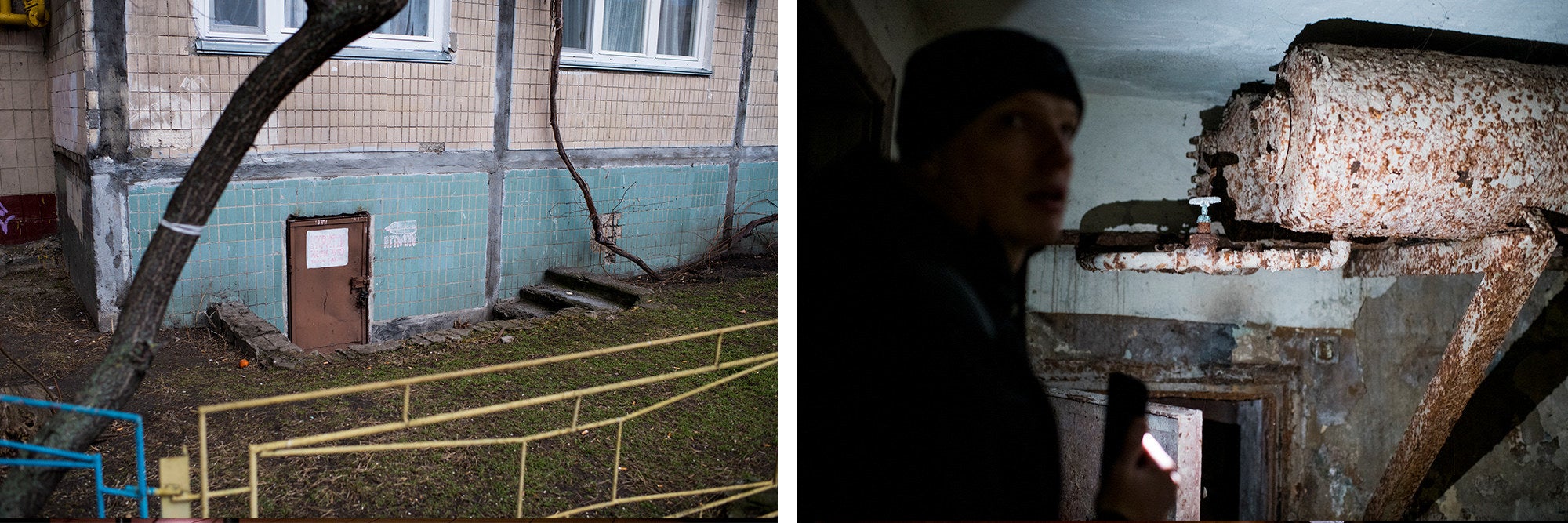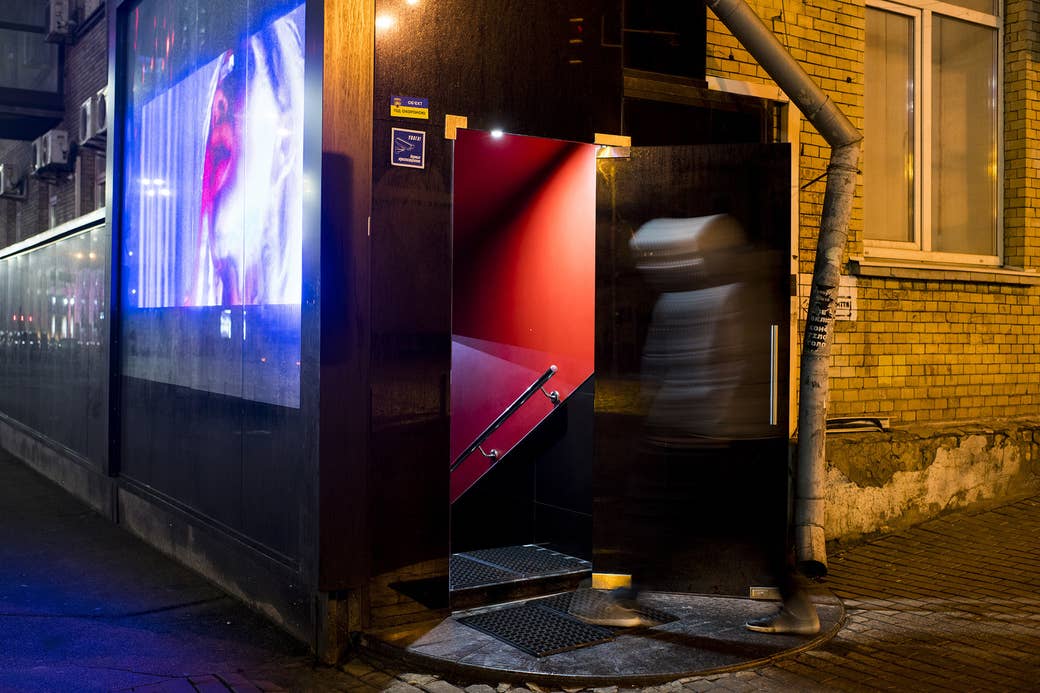
KYIV — Lesia Vasylenko was in a taxi one morning when her driver said that if she should need to seek safety during a large-scale Russian attack, the closest bomb shelter to her home was inside the very building they were passing by: what is now the Penthouse strip club.
“Immediately a bunch of questions arose,” Vasylenko wrote in a Facebook post punctuated with laughing and thinking face emojis on Jan. 29. “Will kids be allowed? Will face-control be removed? Will there be an entertainment program adapted for women?”
Her post, she added, was meant “as a joke, so as not to cry” during this incredibly tense moment. But with Russian troops massed on three sides of Ukraine, President Volodymyr Zelensky citing Western intelligence suggesting an attack could come as soon as Wednesday, and dozens of embassies moving staff out of Kyiv, Vasylenko told BuzzFeed News there needs to be a renewed focus on the city’s civilian shelters.
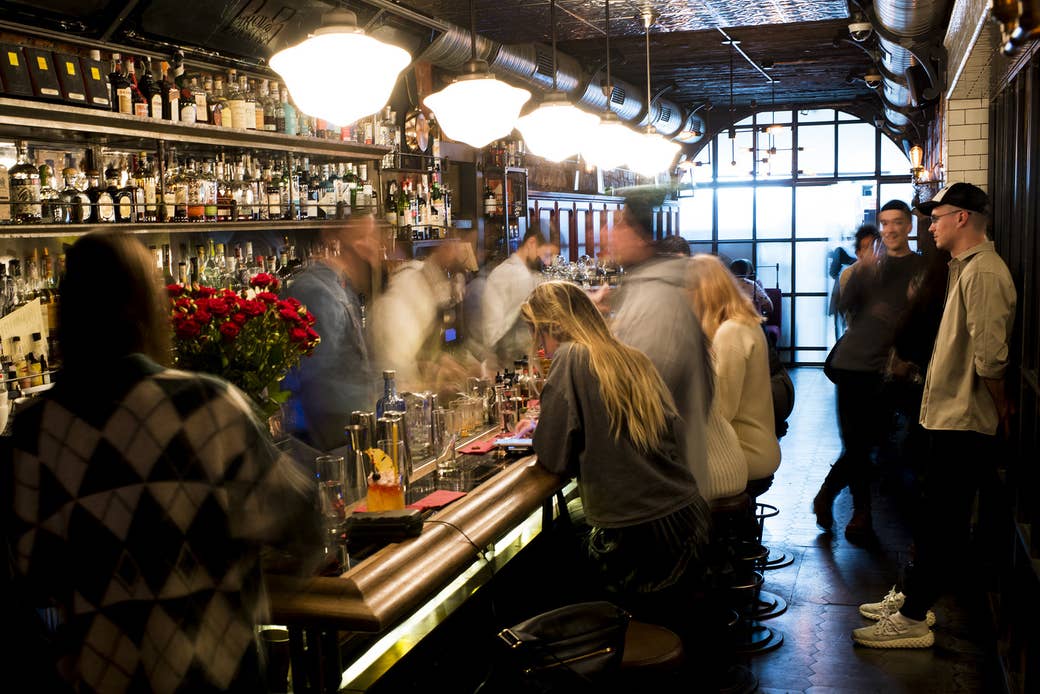
After the collapse of the Soviet Union, many Cold War–era bomb shelters were converted into commercial properties. Thousands of other underground safe spaces simply fell into disrepair. “The whole country wasn’t really taking it as a day-to-day fact that we would be at war again someday,” said Vasylenko, who serves as a lawmaker with the pro-European opposition party Golos.
More than 130,000 Russian troops have assembled around nearly 70% of Ukraine’s border, and with them is a massive arsenal of weapons that could potentially level Kyiv and other cities. The US has said that a new Russian invasion could happen “at any time,” and has warned that in a worst-case scenario some 50,000 Ukrainians could be killed and injured, with millions more displaced.
President Joe Biden told Zelensky in an hourlong call Sunday that the US would respond “swiftly and decisively, together with its Allies and partners, to any further Russian aggression against Ukraine,” according to the White House. Zelensky invited Biden to visit Ukraine, according to his office, saying it would be “crucial for stabilizing the situation” and “contribute to de-escalation.” But US officials said a Biden visit to Ukraine is highly unlikely.
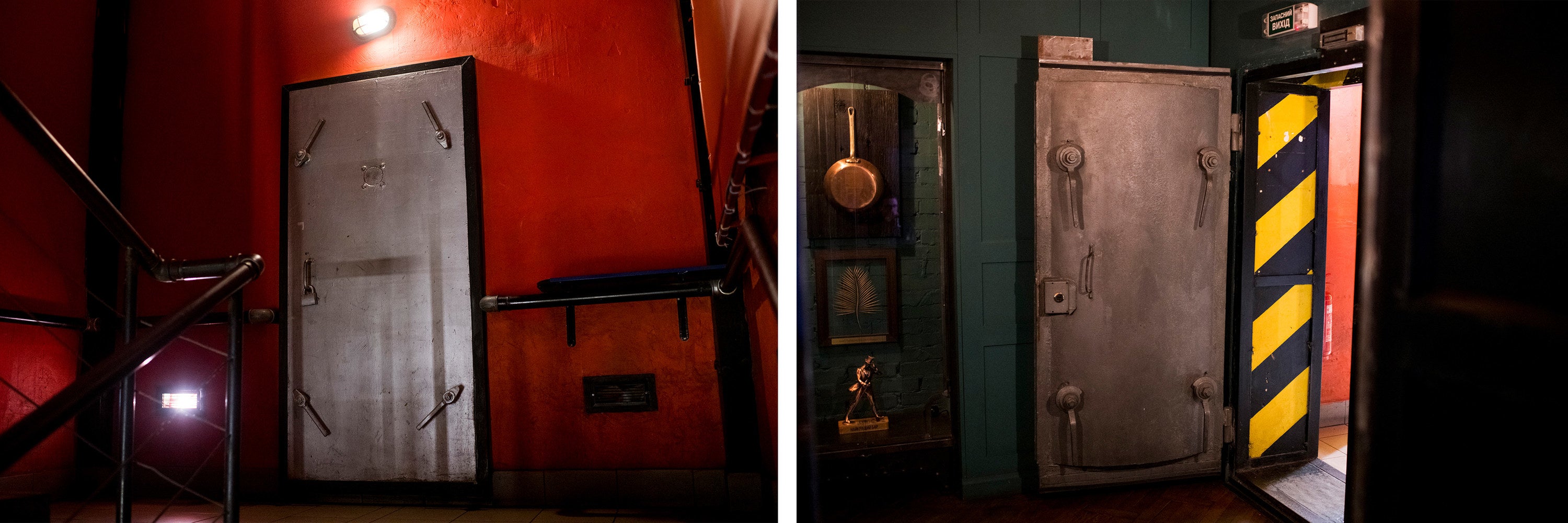
For its part, Russia has said it doesn’t plan to invade Ukraine. On Monday, President Vladimir Putin asked his foreign minister, Sergei Lavrov, whether there was a chance to still negotiate on security issues with the US and NATO rather than take military action. “I must say that there is always a chance,” Lavrov responded, according to Kommersant, which added that Putin supported the foreign minister’s assertion.
Lavrov’s message means there might still be time to fix up Kyiv’s roughly 4,500 bomb shelters, the locations of which the city has shared on a publicly available Google map that has been viewed over 2 million times.
But if US predictions are right and a Russian attack comes this week, time may be up.
Still, a vast majority of Ukrainians are staying put in Kyiv and other cities across the country. And as they hunker down and wait to see what Putin will do, many are using the time to locate and ready their local bomb shelters.
Like Vasylenko, some have found that the closest underground safe havens double as small businesses, including cocktail bars, beauty salons, restaurants, and currency exchanges. The Kyiv metro, built hundreds of feet underground on the orders of the Soviet leadership in the wake of World War II, also doubles as a system of bunkers.
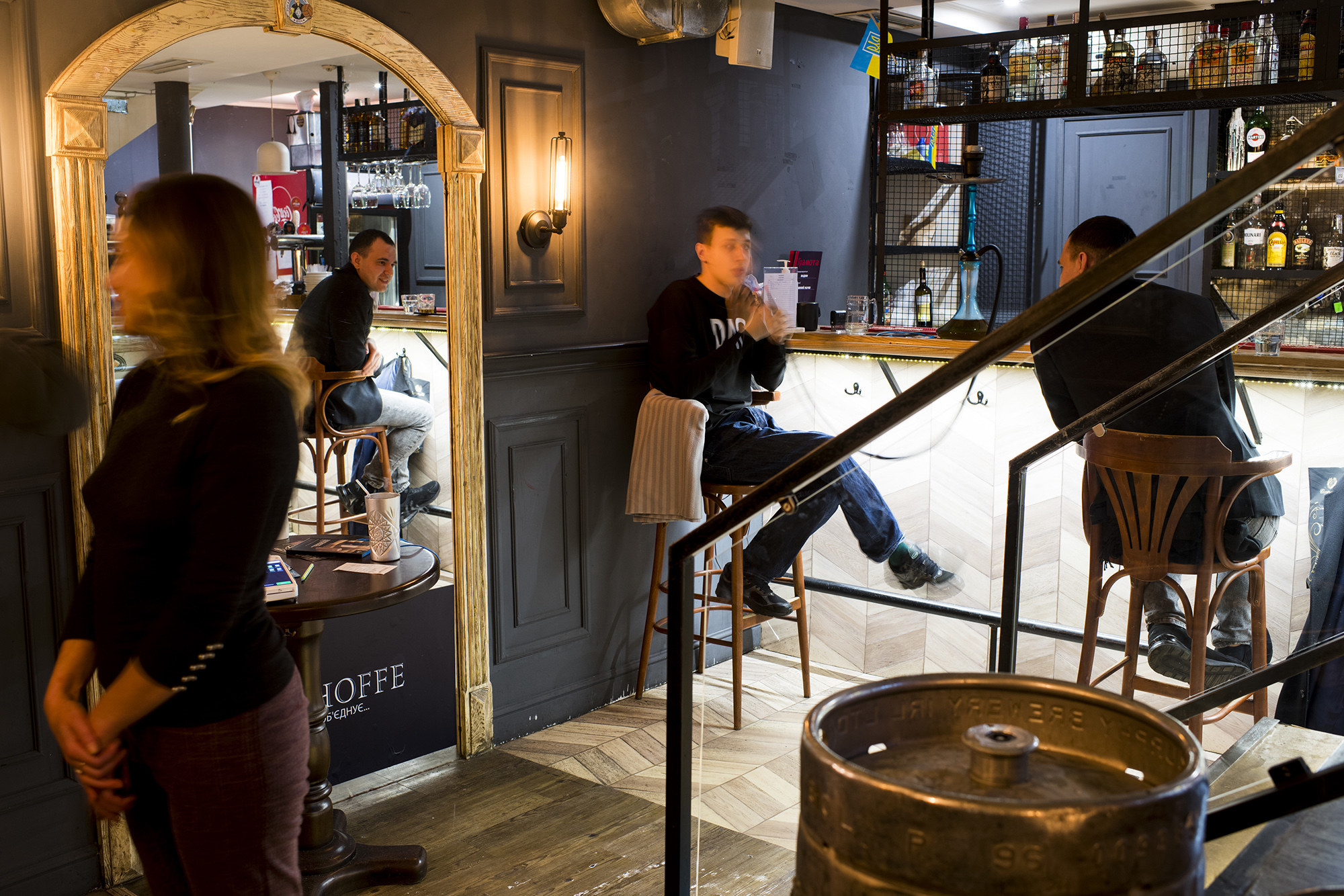
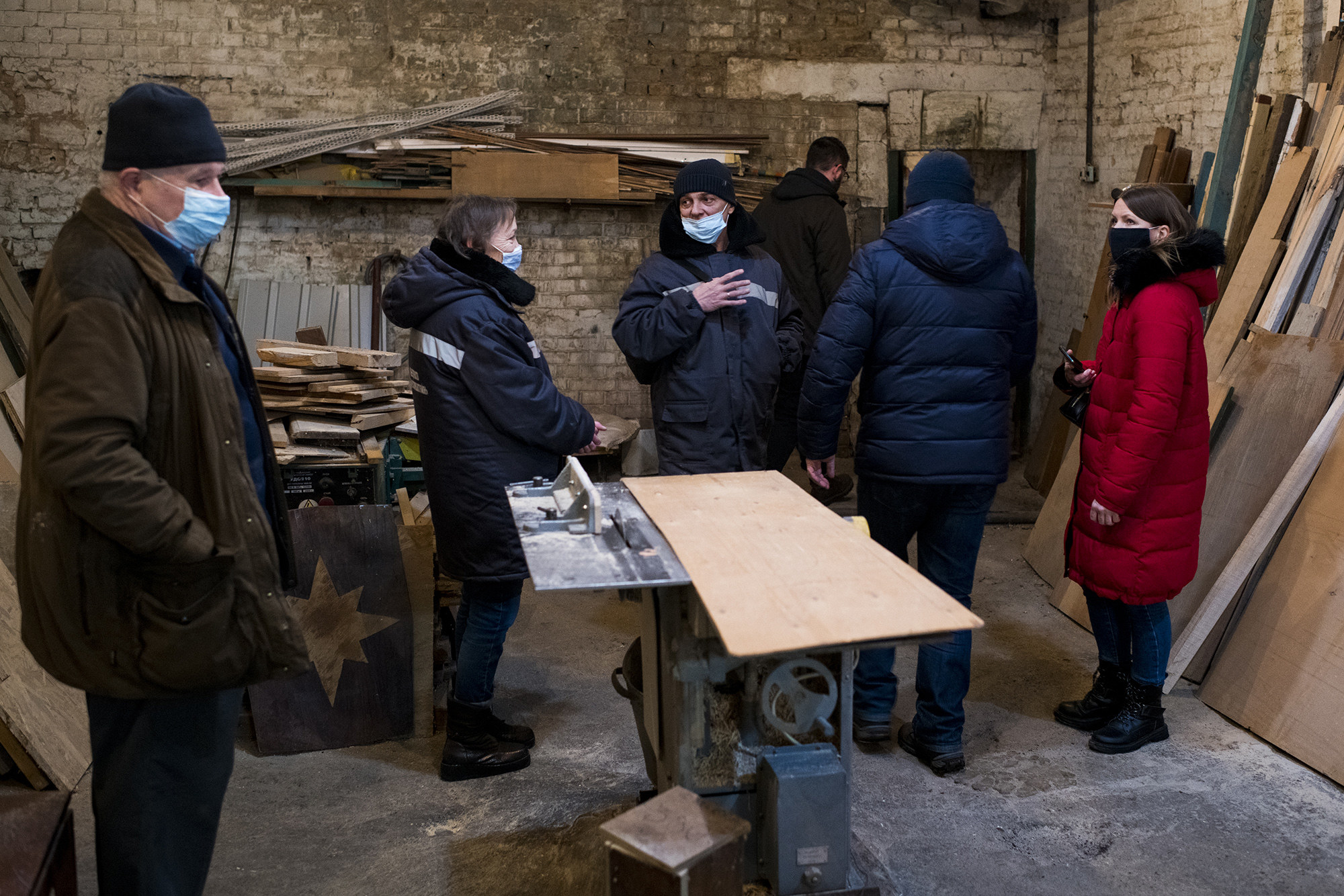
At Parovoz, a speakeasy-style bar located beneath a Kyiv cinema and behind heavy steel doors, war was far from the minds of some of the 40 people sipping Manhattans and Negronis. The bar staff said they would be ready. “What’s a better place to be than here if there is a war?” one of the bartenders quipped.
Karina, the manager at Podshoffe, a restaurant on central Pushkinska Street, said she would also be more than happy to open the doors to people looking for shelter amid any shelling in the city. She was confident the space, with its cavernous rooms and sturdy stone walls, would keep people safe — and well fed.
War has felt like a distant prospect in Kyiv, which sits more than 400 miles west of the front line in the eastern Donbas region, where fighting between government troops and Russia-backed forces has killed more than 14,000 people since April 2014.
But in the past eight years, the capital has taken several steps to prepare for a potential conflict. The Interior Ministry and State Emergency Service have drawn up plans to evacuate residents and protect key infrastructure. They have tested siren systems that warn of air raids or missile bombardments. Schools have held drills to train students to duck and cover or run to basements for safety during an attack.
More recently, veterans have begun teaching self-defense and first-aid courses, and training local territorial militias to fight a guerrilla war against Russian forces if they occupy Kyiv. Families have started packing “emergency suitcases” filled with essential items that they can grab at a moment’s notice. And some people have temporarily relocated to western Ukraine, where they can be closer to NATO countries and troops, and where roads lead to European Union countries. That includes the US embassy and other diplomatic missions.
But in some ways the city is far less prepared.
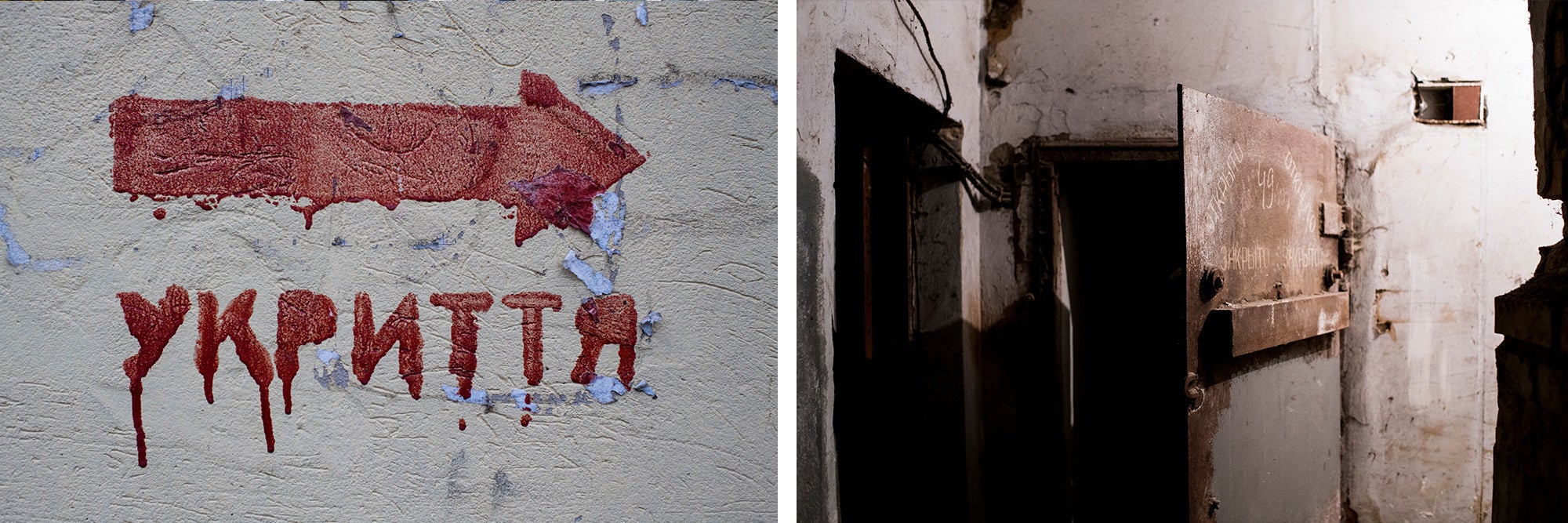
In the central Shevchenko and western Solomyanskiy districts of the city on Friday, a group of Kyiv City Council members toured a series of bomb shelters in residential addresses and BuzzFeed News followed along.
Inside an apartment building built in the 1950s by the workers of a nearby Soviet factory, Hennadiy Novikov contemplated how to improve the shelter beneath his home. It was built in the context of the Cold War, which means it’s well insulated and has plumbing, but the toilet has gone missing. After decades of neglect, it needs a lot of work to get in shipshape. Its door, meant to close airtight, certainly did not and was rusted over. Exposed brick walls were covered in dust and grime. And there was no electricity.
Novikov told BuzzFeed News that he applied for money from the budget of the Kyiv City State Administration to repair the shelter. But the vote on his request won’t take place until the end of May, and if approved, the money won’t be issued until next year.
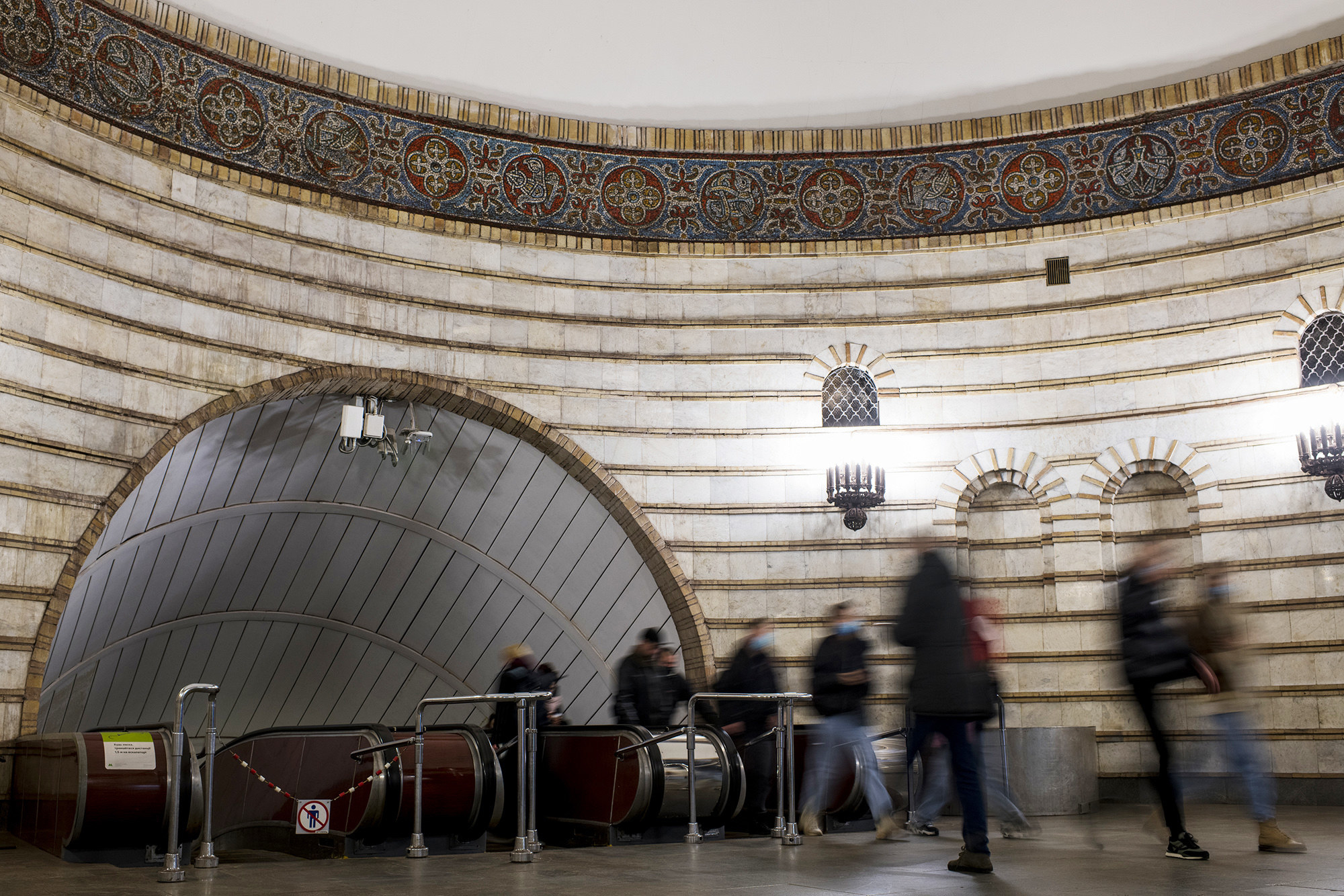
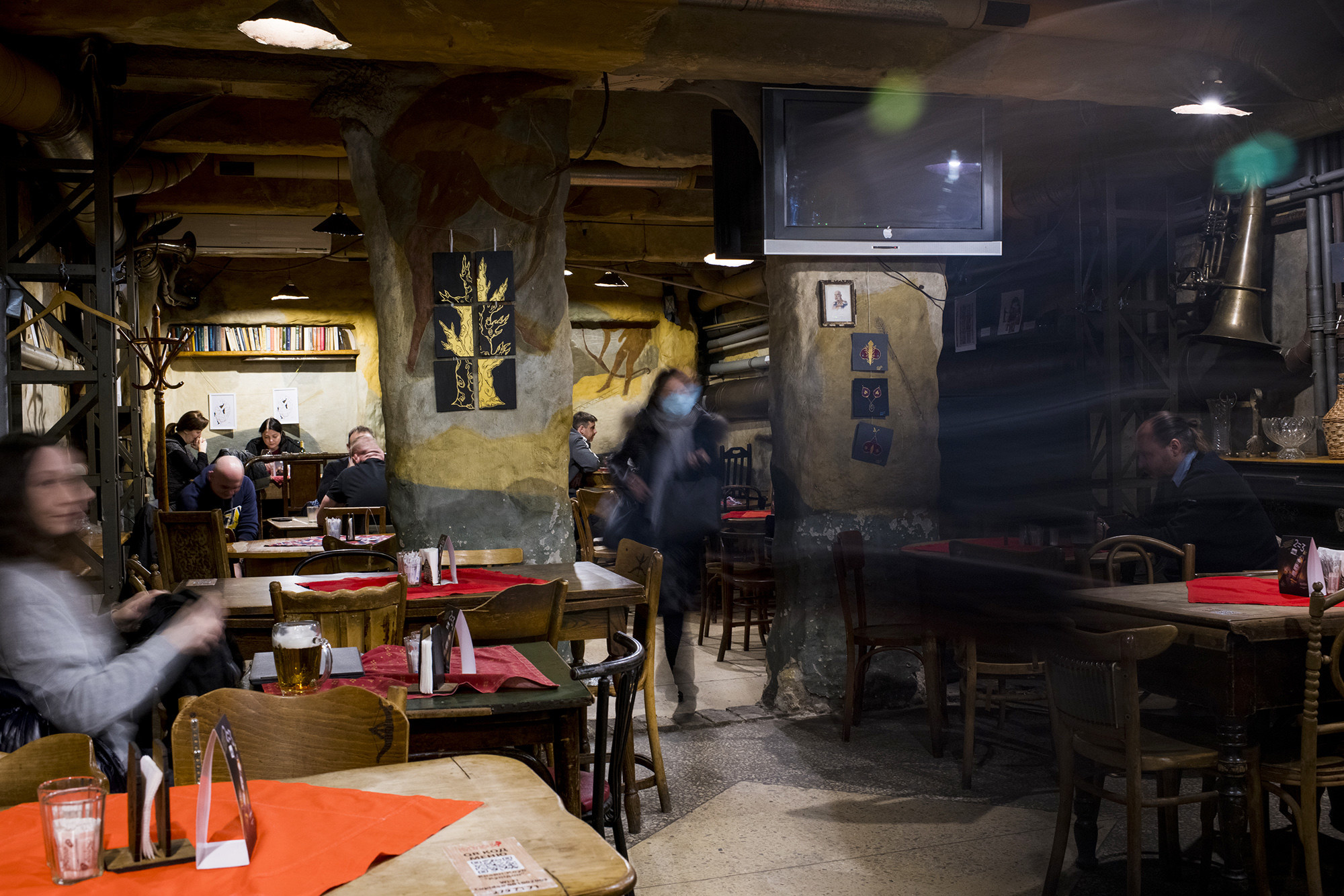
Novikov is looking for money elsewhere, but it’s unclear whether he’ll be able to find any soon. If airstrikes or missile bombardments happen, he said, “this would be the first place people would come.”
In its current state, it wouldn’t be a comfortable stay. “Ultimately this place is only suitable for temporary shelter,” he added.
Svetlana Tarasenko, an official from Kyiv’s repairs department, said the local government’s focus is on getting the shelters’ toilets, electricity, and ventilation in working order. “Things like painting the walls are secondary,” she told BuzzFeed News.
There is one bomb shelter, though, where aesthetics are everything: Penthouse. The strip club, with its red lights and velour interior, could very well be a popular place to seek refuge if Russian bombs start falling. A security guard at the club said he is ready to welcome in as many people as could fit comfortably.
“They will get a good show,” he said.
